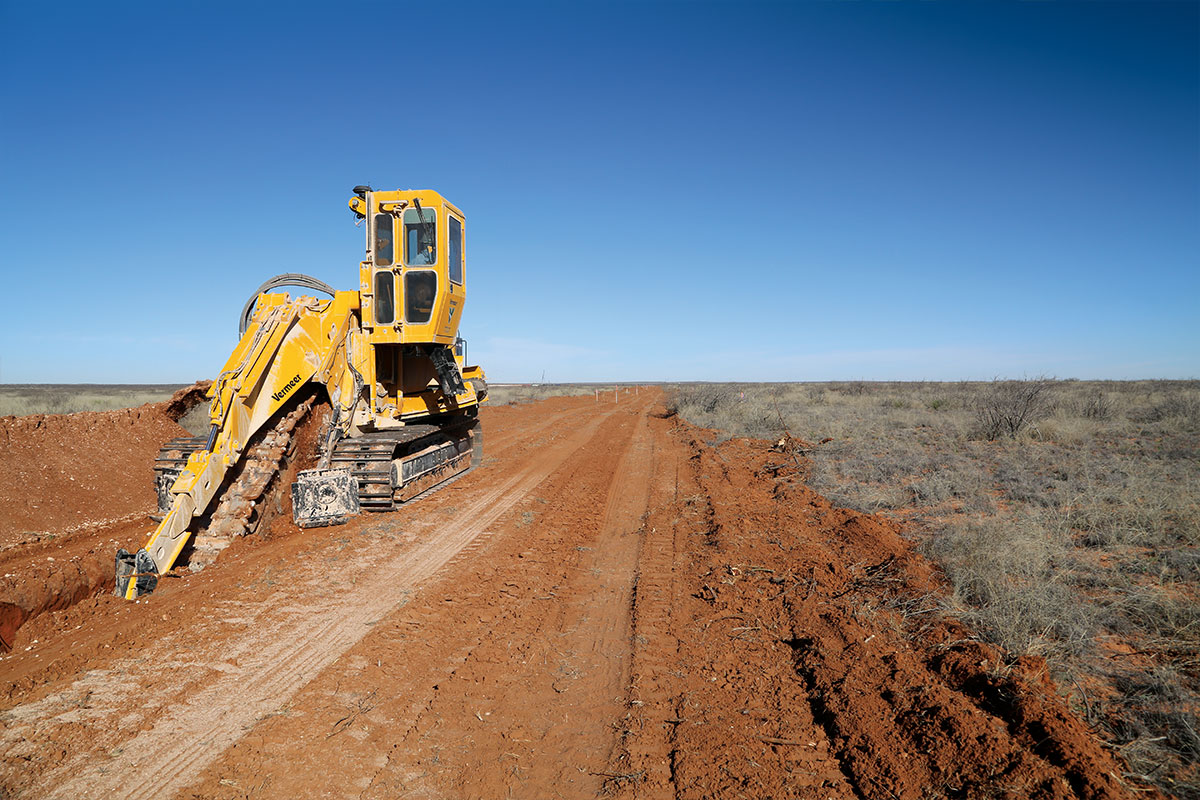Gone are the days where project selection criteria was based solely on the benefits to corporate and business leaders. Nowadays, it’s no longer enough to focus on these benefits alone, and more and more contractors are on the hunt for equipment options that look at the bigger picture and offer triple bottom line benefits.
What is the triple bottom line?
The term triple bottom line (TBL) refers to the economic, environmental and social benefits of a project (these three terms are also sometimes referred to as profit, people and planet).
TBL as a concept was first introduced in 1994 by John Elkington, the founder of a British consultancy called SustainAbility. He argued that all companies that report on their profit and loss should also be reporting on their bottom lines as they relate to how socially responsible their organisation is (people), and how environmentally responsible their organisation is (planet).
Since the term was first introduced in the 1990s, the broader concept of sustainability has exploded in popularity. A pivotal moment for the sustainability movement came on 1 January 2016, when the 17 Sustainable Development Goals (SDGs) of the 2030 Agenda for Sustainable Development — adopted by world leaders in September 2015 at a historic UN Summit — officially came into force.
It is intended that over the next fifteen years, the goals will mobilise efforts to end all forms of poverty, fight inequalities and tackle climate change, while ensuring that no one is left behind.
What does this have to do with trenchless technology?
In 2023, there is pretty widespread agreement that a focus on TBL reporting and sustainable operations are admirable and important goals for businesses to work towards.
And according to Jeff Lawson, General Manager of Sales at Vermeer Australia, when it comes to trenchless technology, the good news is that many of the different technologies that fall under the trenchless umbrella stack up well when it comes to sustainability and the triple bottom line.
Using the example of horizontal directional drilling (HDD), let’s take a closer look at how this technology can impact the triple bottom line of a project.
Environmental benefits of HDD
HDD offers a number of significant environmental advantages over the alternative of open cut trenching. The act of trenching displaces a significant amount of soil – particularly when looking at a pipeline with a large diameter that needs to be buried at significant depth.
This disruption can also disperse dust into the surrounding environment, which can have a negative impact on air quality in confined urban areas.
Mr Lawson noted that by employing a HDD rig for pipeline installation instead, there is no displacement of existing soil, and no need to move displaced soil to another location (which in itself is an emissions intensive activity).
Social benefits of HDD
For the community, utilising HDD for pipeline installation over open cut trenching also offers a number of benefits, said Mr Lawson.
Open trenches for pipeline and cable installation can cause significant disruption to the local community, particularly in built up areas. It can lead to the closure of roads and footpaths while major works are being undertaken, which can inconvenience road and footpath users. Traditional trenching in areas where businesses operate can also have a negative impact on their ability to trade during a construction period.
“When installation by HDD is chosen instead, the site footprint of a project is reduced significantly, with only a small area blocked off around the entry and exit points for the drilling rod,” said Mr Lawson. “The installation path is generally untouched, with businesses able to operate as normal and traffic proceeding as usual.”
Economic benefits of HDD
Finally, it’s important to note that installation of pipe and cable via HDD can in fact be cheaper than traditional open cut installation methods – especially when the above factors are considered.
“While open cut trenching can be cheaper than utilising sophisticated HDD rigs, when you account for some of the hidden costs of traditional trenching, such as community disruptions, loss of business and potential environmental cost, HDD can in fact work out to be a more economical option for utilities, councils and tier 1 contractors to employ on their major projects,” said Mr Lawson.
Thinking beyond the immediate
When undertaking large and complex infrastructure projects, the benefits of trenchless technologies such as HDD quickly add up.
In 2023, the triple bottom line and sustainability impacts of any works undertaken should always be undertaken by project proponents – and when doing so, trenchless technologies such as HDD come out on top.
For more information on Vermeer Australia’s HDD rigs, and how they can enhance the triple bottom line and sustainability credentials of your next pipe or cable installation project, head to www.vermeeraustralia.com.au/horizontal-directional-drills-utility

 MyDealer:
MyDealer:


